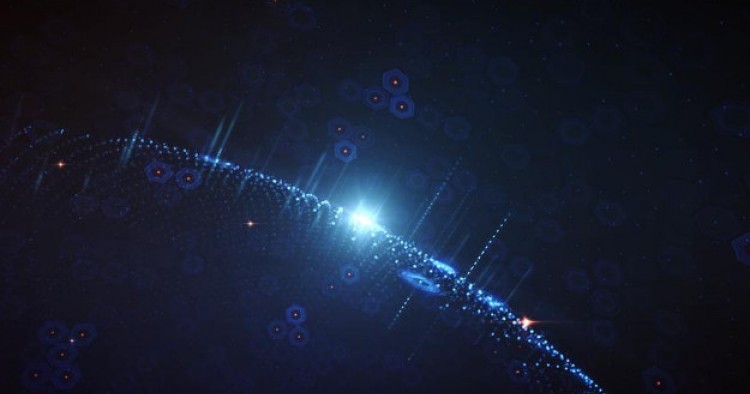Iranian officials claim that the country has made significant progress in designing and producing satellites and is planning on launching several satellites into space in the near future. The deputy head of the Iranian Space Agency announced today that the state-run agency has begun the first phase of designing “Pars Satellite” in cooperation with five academic and research centers. Homayoon Sadr added that the development of Pars satellites is part of Iran’s “broader objectives” to enhance its satellite technology by 2021.
According to Sadr, Iran’s Sharif University of Technology has completed the production of another satellite named “Doosti,” which is ready to be launched into space. Two other Iranian satellites dubbed as “Payam” and “Nahid 1” Telecommunication Satellite are also scheduled to be launched by this year’s end. Separately, Head of Iran Space Research Center Hassan Haddadpour said that the country’s first sensor-operational satellite dubbed as “Soha” will be launched next year. According to Haddadpour, the Soha satellite will be able to identify objects with resolution of 15m and will be deployed in the 36,000-km orbit.
Comment: Iran has recently placed increased emphasis on developing its satellite technology. Last December, Iran’s minister of communications and information technology, Mahmoud Vaezi, said his country was set to launch three satellites in 2017 and claimed all the three satellites were locally manufactured by Iranian scientists. But he revealed that Iran had finalized a deal with a Russian company to produce remote-sensing satellites.
U.S. officials have expressed the worry that Iran’s satellite and space work may function as a cover to produce intercontinental ballistic missiles (ICBMs). Such long-range missiles could carry a nuclear weapons and target not just Israel or other regional countries but also Europe and the United States. The U.N. Security Council Resolution 2231 calls upon Iran not to produce ICBMs or similar long-range missiles.
The Middle East Institute (MEI) is an independent, non-partisan, non-for-profit, educational organization. It does not engage in advocacy and its scholars’ opinions are their own. MEI welcomes financial donations, but retains sole editorial control over its work and its publications reflect only the authors’ views. For a listing of MEI donors, please click here.













